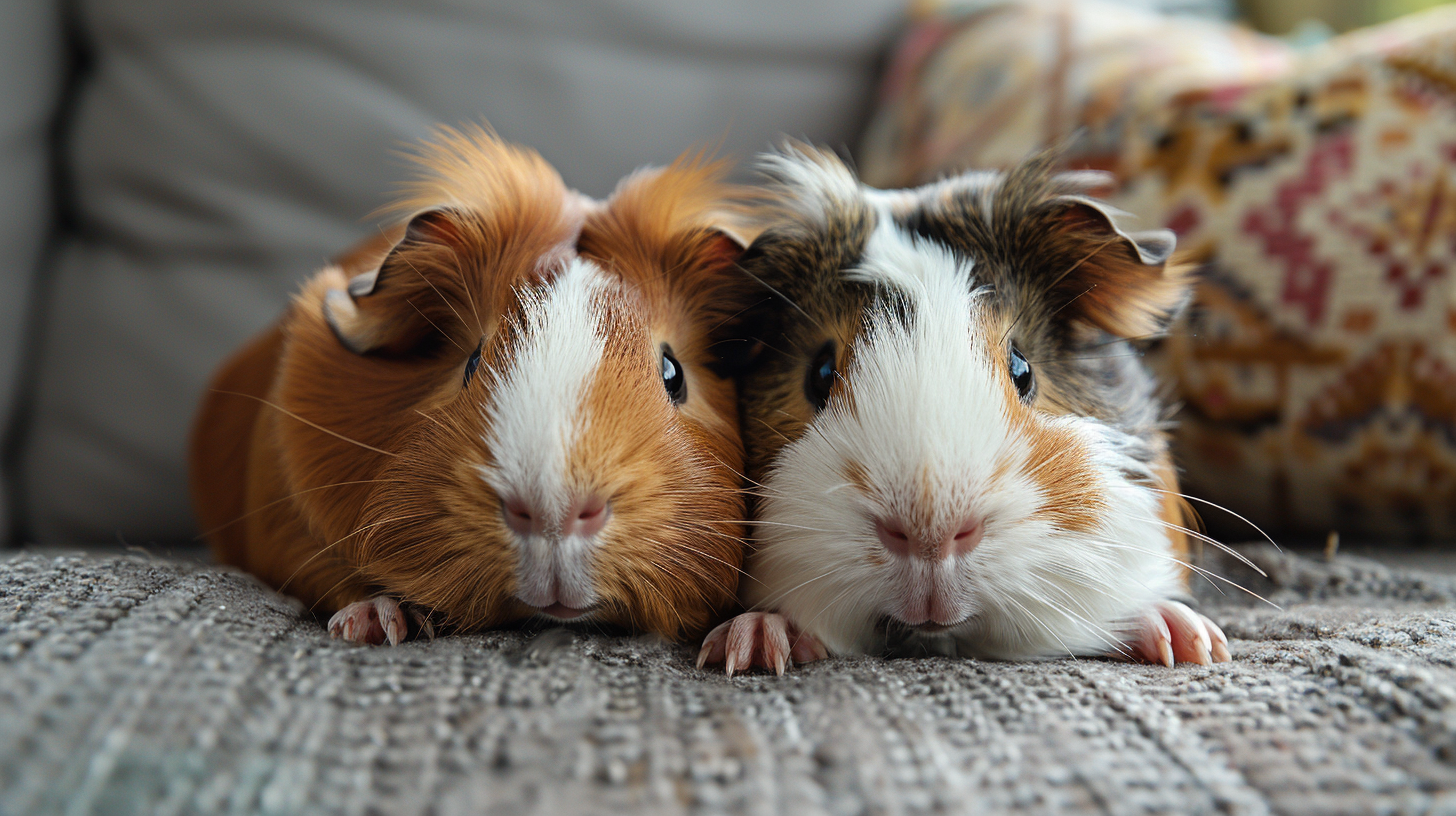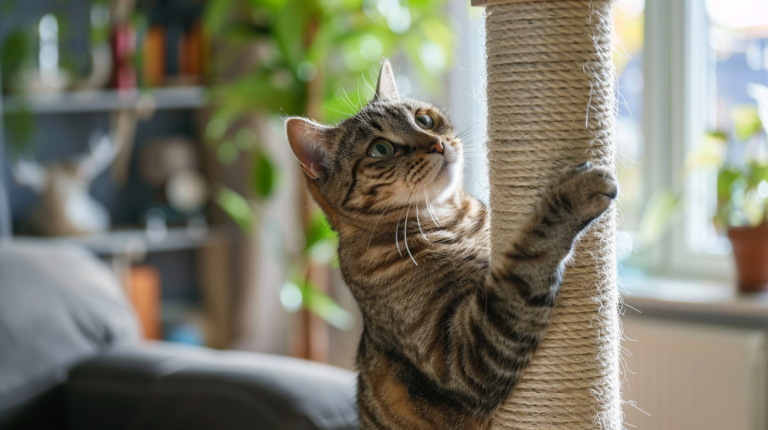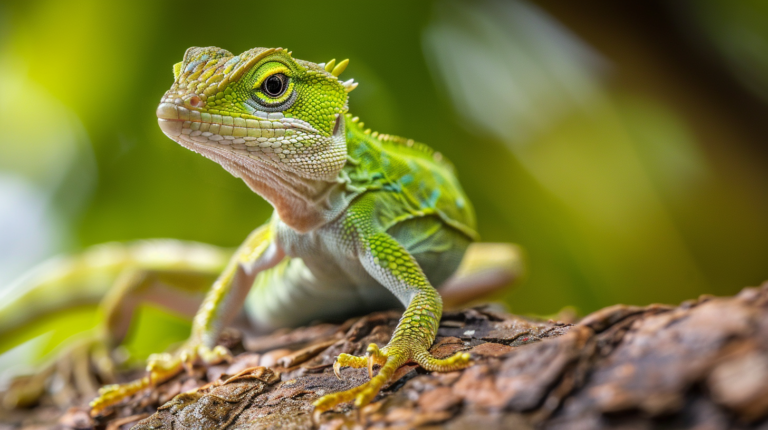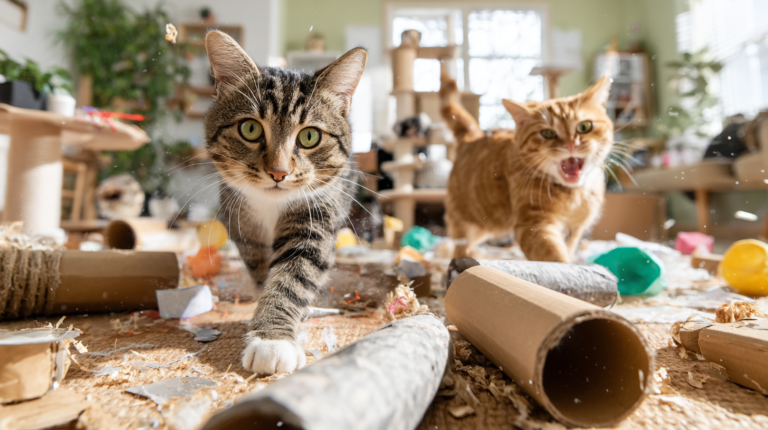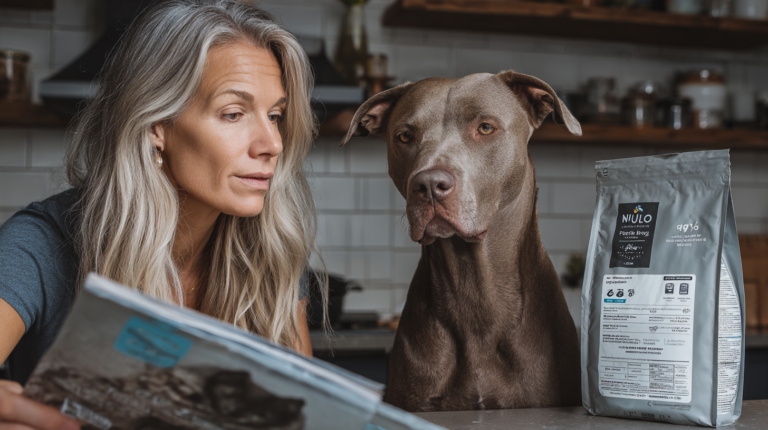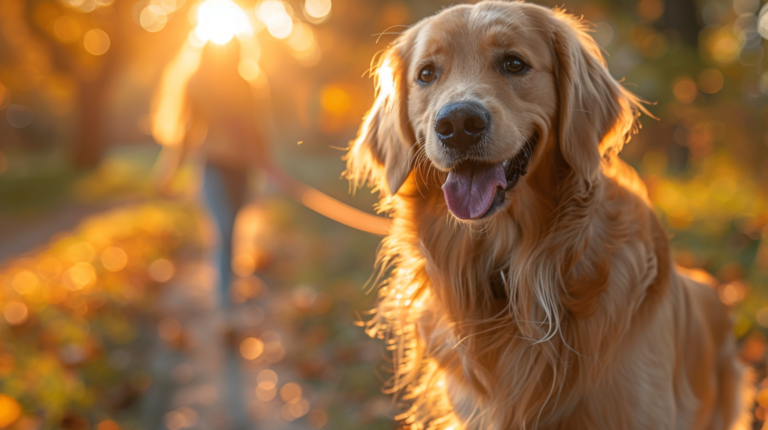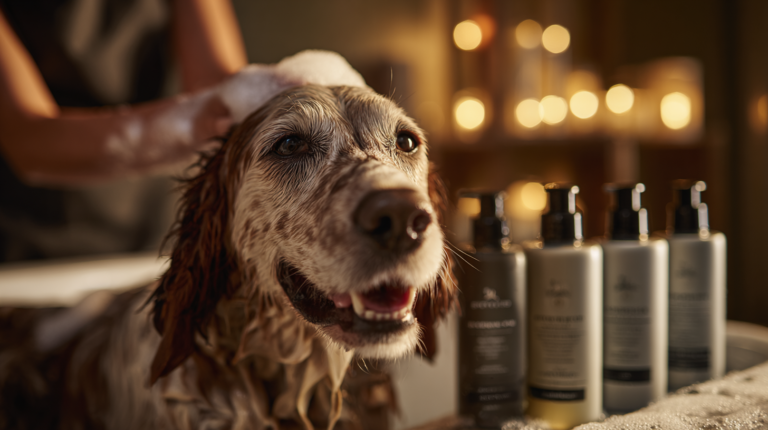Discover effective guinea pig bonding tips to create lasting friendships between your pets. Expert advice for successful introductions and happy companions.
Table of Contents
Guinea pigs are naturally social creatures that thrive in the company of their own kind. However, introducing two or more guinea pigs requires patience, understanding, and the right approach to ensure successful bonding. Whether you’re bringing home a new companion for your existing guinea pig or introducing multiple cavies for the first time, mastering effective guinea pig bonding tips is essential for creating harmonious relationships that will last a lifetime.
The process of guinea pig bonding isn’t just about placing two animals together and hoping for the best. It’s a carefully orchestrated introduction that requires attention to detail, proper preparation, and a deep understanding of guinea pig behavior. When done correctly, bonding creates not only companionship for your pets but also reduces stress, promotes natural behaviors, and enhances their overall quality of life.
Research from the Royal Society for the Prevention of Cruelty to Animals (RSPCA) indicates that guinea pigs housed alone show significantly higher stress levels compared to those living with compatible companions. This scientific backing reinforces what guinea pig enthusiasts have long known: these adorable rodents are happiest when they have friends to share their lives with.
Understanding Guinea Pig Social Dynamics
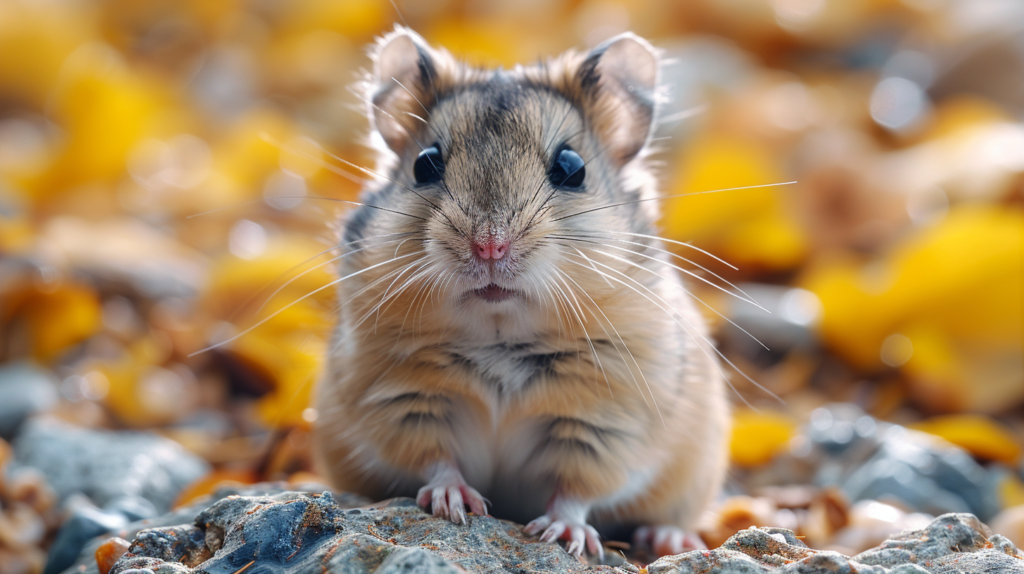
Before diving into specific bonding techniques, it’s crucial to understand how guinea pigs naturally interact with each other. In the wild, guinea pigs live in small groups with established hierarchies. They communicate through a complex system of vocalizations, body language, and scent marking that helps maintain social order.
Natural Hierarchy Establishment
Guinea pigs establish dominance through various behaviors including rumblestrutting (a dominance walk accompanied by rumbling sounds), mounting, chasing, and chattering. These behaviors are completely normal during the bonding process and shouldn’t be cause for immediate concern. However, distinguishing between normal dominance behaviors and actual aggression is key to successful introductions.
According to veterinary behaviorist Dr. Sarah Johnson from the American Veterinary Medical Association, “Understanding that some level of dominance display is normal helps pet owners avoid intervening too early in the bonding process, which can actually hinder successful relationships.”
Communication Patterns
Guinea pigs use over 20 different vocalizations to communicate with each other. During bonding, you’ll likely hear:
- Wheeking: High-pitched calls often indicating excitement or hunger
- Rumbling: Low-pitched sounds associated with dominance or contentment
- Chattering: Rapid teeth clicking that can indicate annoyance or warning
- Purring: Gentle vibrating sounds showing contentment or mild dominance
Understanding these vocalizations helps you monitor the bonding progress and identify when intervention might be necessary.
Tip 1: Choose Compatible Guinea Pig Pairs
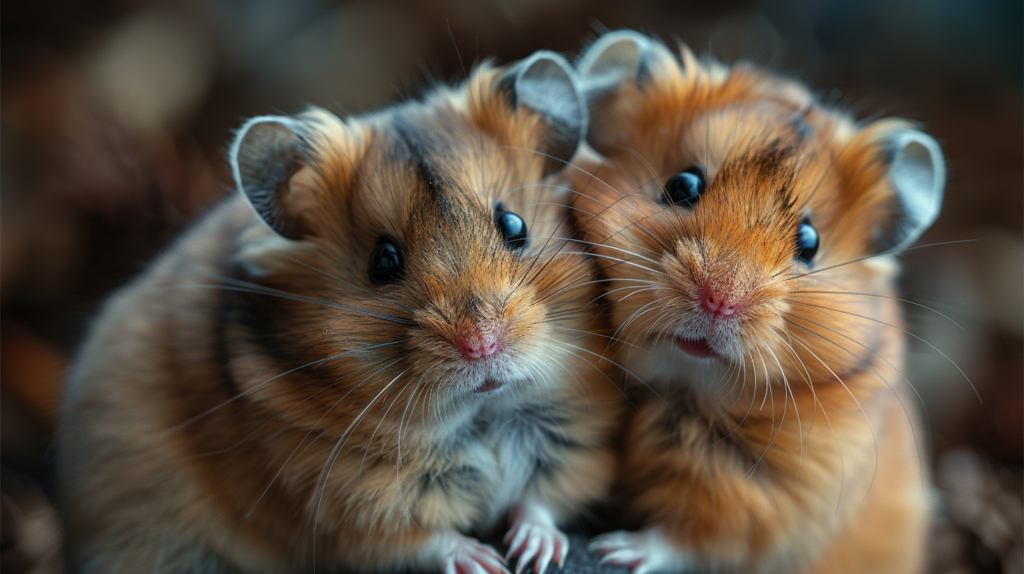
The foundation of successful guinea pig bonding begins with selecting compatible companions. Not all guinea pig combinations work equally well, and understanding these dynamics can save you significant time and stress during the introduction process.
Age Considerations
Juvenile to Adult Pairings: Young guinea pigs (under 4 months) typically integrate more easily with adults. The adult usually accepts the younger pig as non-threatening, making the hierarchy establishment smoother.
Adult to Adult Pairings: Adult pairings require more careful consideration. Two adult females often bond successfully, while two adult males may require neutering to reduce territorial behaviors.
Senior Guinea Pig Considerations: Older guinea pigs (over 4 years) may be less adaptable to new companions but can still form successful bonds with patient introduction techniques.
Gender Combinations That Work Best
Research from the Guinea Pig Welfare Foundation shows the following success rates for different gender combinations:
| Gender Combination | Success Rate | Notes |
| Female + Female | 85% | Most stable long-term relationships |
| Male + Female (neutered) | 90% | Highest success rate with proper neutering |
| Male + Male (neutered) | 70% | Requires more careful introduction |
| Male + Male (intact) | 45% | Not recommended without neutering |
Personality Matching
Just like humans, guinea pigs have distinct personalities that affect compatibility:
- Dominant pigs pair well with more submissive companions
- Shy pigs benefit from confident but gentle partners
- Active pigs match well with similarly energetic companions
- Older pigs often prefer calmer, more mature companions
![Guinea pig compatibility chart showing different personality types and their ideal matches – includes visual indicators for dominant, submissive, active, and calm personality traits]
Tip 2: Prepare a Neutral Territory for Initial Introductions
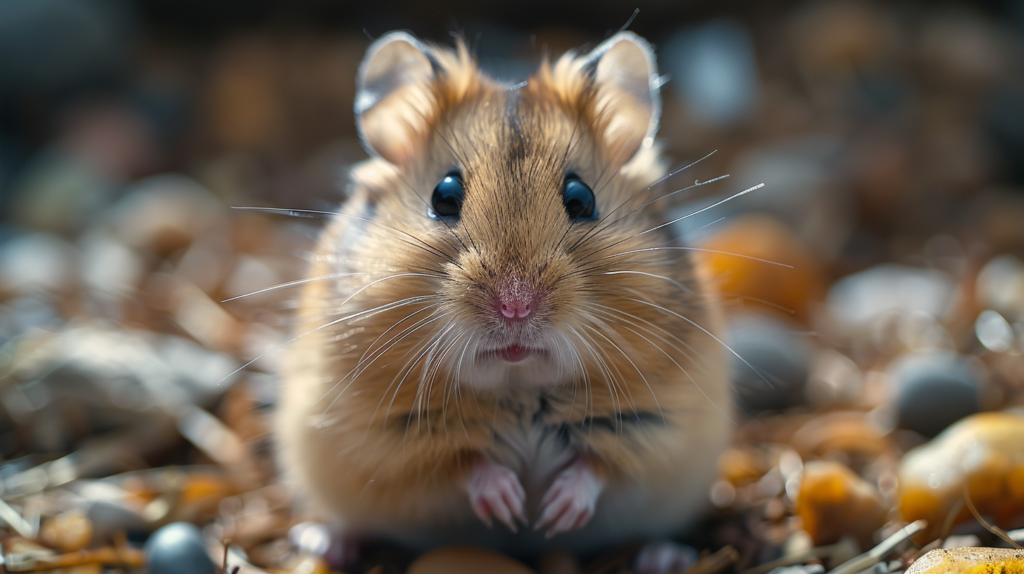
Creating the right environment for first meetings is crucial for successful guinea pig bonding. The location, setup, and atmosphere of initial introductions can significantly impact how well your guinea pigs accept each other.
Setting Up the Perfect Introduction Space
Choose a completely neutral area that neither guinea pig has claimed as territory. This could be:
- A clean bathroom floor with towels for comfort
- A large, empty playpen in an unused room
- An outdoor run (weather permitting) that’s new to both animals
The space should be large enough for both guinea pigs to move freely but not so large that they can completely avoid each other. Approximately 8-10 square feet provides ideal conditions for controlled interactions.
Essential Setup Elements
Hiding Spots: Provide multiple hiding places with two exits each. Cardboard boxes with holes cut on opposite sides work perfectly. This prevents one guinea pig from trapping another in a corner.
Food Stations: Place several small piles of hay and vegetables at different locations. Having multiple food sources reduces competition and gives both animals something positive to focus on.
Barriers: Keep a towel or small barrier handy to quickly separate the guinea pigs if needed. Never use your hands to separate fighting animals.
Environmental Factors
Temperature Control: Ensure the introduction space is at a comfortable temperature (65-75°F). Stressed guinea pigs are more sensitive to temperature fluctuations.
Noise Levels: Choose a quiet time when household activity is minimal. Loud noises can increase stress and make introductions more challenging.
Lighting: Natural, indirect lighting is preferable to harsh artificial lights that might increase anxiety.
A study conducted by the University of Pennsylvania’s School of Veterinary Medicine found that guinea pigs introduced in neutral territories showed 40% less aggressive behavior compared to those introduced in established territories.
Tip 3: Master the Art of Gradual Introduction Techniques
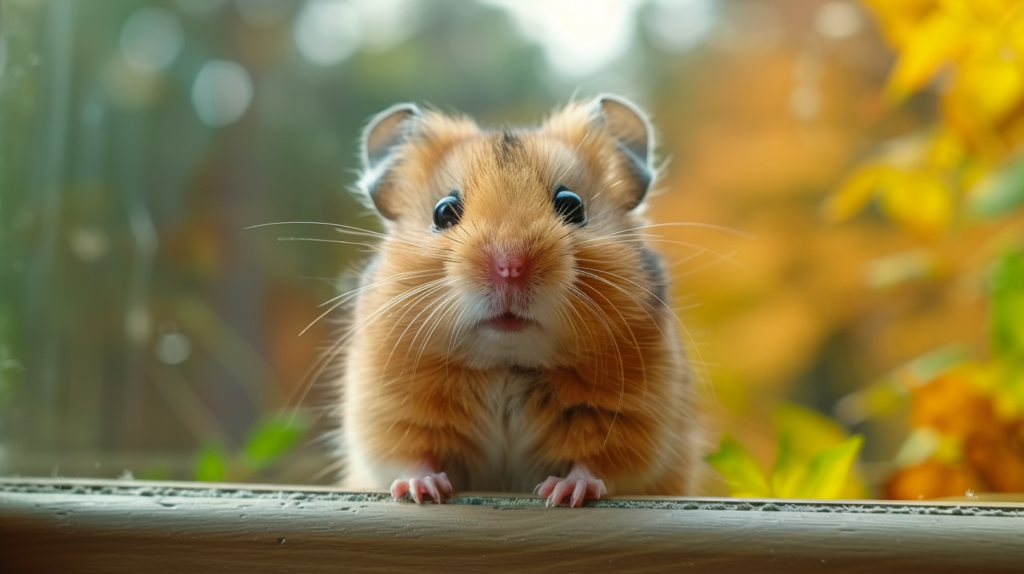
The key to successful guinea pig bonding lies in patience and gradual exposure. Rushing the process is one of the most common mistakes that can lead to lasting animosity between potential companions.
The Three-Phase Introduction Method
Phase 1: Visual Introduction (Days 1-3)
Start by housing the guinea pigs in separate cages placed side by side, about 6 inches apart. This allows them to see and smell each other without direct physical contact. During this phase:
- Swap bedding between cages daily to help them become familiar with each other’s scent
- Offer treats simultaneously so they associate each other’s presence with positive experiences
- Observe their reactions – relaxed postures and calm vocalizations are good signs
Phase 2: Supervised Neutral Territory Meetings (Days 4-10)
Begin short, supervised meetings in the neutral territory you’ve prepared:
- Start with 10-15 minute sessions, gradually increasing to 30-45 minutes
- Always supervise these interactions closely
- End sessions on a positive note, before any tension escalates
- Return each guinea pig to their separate cage after each session
Phase 3: Extended Supervised Time (Days 11-21)
As the guinea pigs show increasing comfort with each other:
- Extend neutral territory time to several hours
- Introduce shared activities like floor time with toys
- Begin feeding them closer together (but still with multiple food sources)
- Watch for signs of bonding such as grooming, lying near each other, or sharing food
Reading Body Language During Introductions
Understanding guinea pig body language is essential for successful bonding:
Positive Signs:
- Relaxed postures with normal walking
- Gentle sniffing and investigation
- Sharing food or eating peacefully near each other
- Lying down in each other’s presence
- Soft rumbling or contented sounds
Warning Signs:
- Raised fur along the back
- Teeth chattering or hissing
- Lunging or aggressive posturing
- Continuous chasing without breaks
- Loud, sharp vocalizations
Immediate Intervention Required:
- Actual biting or injury
- One guinea pig cornering another aggressively
- Signs of extreme stress in either animal
- Fighting that doesn’t stop within 30 seconds
Expert Timing Strategies
Dr. Maria Rodriguez, a veterinarian specializing in exotic pets, recommends the golden hour approach: The first hour after a guinea pig’s evening meal is often the most relaxed time for introductions. They’re content from eating and less likely to be territorial.
Consider these optimal timing factors:
- Time of Day: Late afternoon or early evening when guinea pigs are naturally more active but not overly energetic
- Feeding Schedule: 30-60 minutes after their regular meal when they’re satisfied but alert
- Weather Conditions: Stable, mild weather if using outdoor spaces
- Household Activity: Choose quiet times when you can provide undivided attention
Tip 4: Use Food and Treats as Bonding Tools
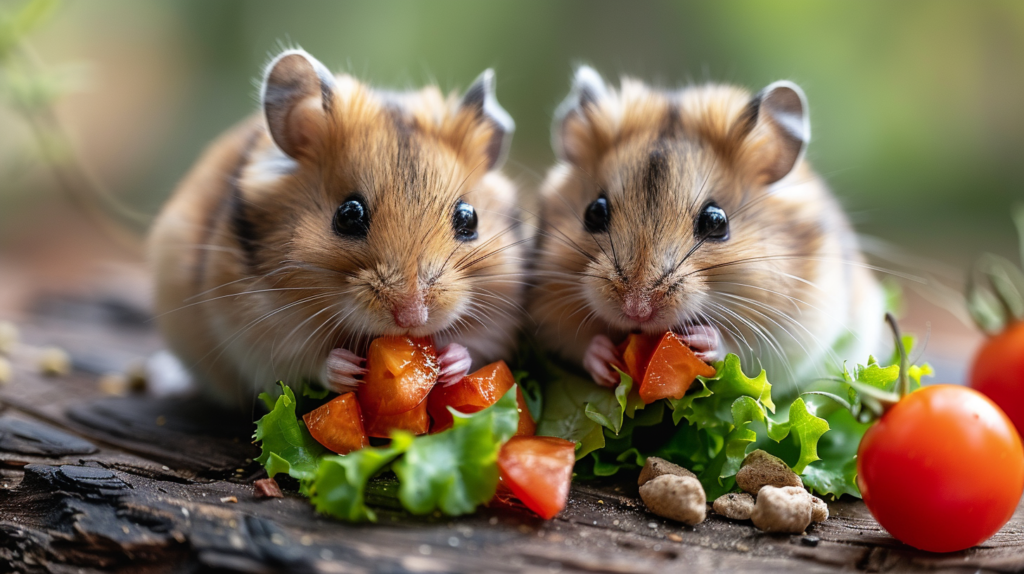
Food plays a powerful role in guinea pig bonding, serving as both a distraction from potential conflicts and a source of positive associations. Strategic use of treats and feeding techniques can significantly accelerate the bonding process.
Strategic Feeding Techniques
Parallel Feeding: Place food bowls or hay piles on opposite sides of a barrier, gradually moving them closer together over several days. This technique helps guinea pigs associate each other’s presence with the pleasure of eating.
High-Value Treat Sharing: Use special treats that your guinea pigs rarely receive to create positive associations:
- Fresh herbs like cilantro, parsley, or basil
- Small pieces of bell pepper or cucumber
- Timothy hay pellets (given sparingly)
- Occasional fruit treats like apple slices (no seeds)
Scatter Feeding: Instead of using bowls, scatter small pieces of vegetables around the neutral territory. This encourages natural foraging behavior and keeps both guinea pigs occupied with positive activities.
Creating Positive Food Associations
The goal is to help your guinea pigs think, “Good things happen when my potential friend is around.” Here’s how to implement this:
Meal Timing: Feed both guinea pigs their regular meals at the same time while they can see each other. Even if they’re in separate cages, this creates a routine association.
Special Occasion Treats: Reserve certain treats exclusively for bonding sessions. When guinea pigs see these special foods, they’ll begin to anticipate positive interactions.
Group Snack Sessions: Once initial introductions are going well, offer shared snack times where both guinea pigs can eat from the same general area (but multiple food sources to prevent competition).
Foods That Promote Bonding
Certain foods are particularly effective for bonding sessions:
Fresh Vegetables (Daily Options):
- Romaine lettuce leaves (easy to share)
- Bell pepper strips (different colors for variety)
- Cucumber rounds (high water content, refreshing)
- Carrot sticks (sweet and appealing)
Fresh Herbs (2-3 times per week):
- Cilantro (highly aromatic and appealing)
- Parsley (rich in vitamin C)
- Basil (strong scent creates positive memories)
- Mint (use sparingly, very aromatic)
Special Treats (Weekly or less):
- Apple slices without seeds
- Small strawberry pieces
- Banana chips (commercial guinea pig treats)
- Timothy hay-based treats
A behavioral study from the Small Animal Veterinary Association found that guinea pigs who shared positive food experiences during introduction showed 60% faster bonding compared to those introduced without strategic feeding techniques.
Avoiding Food-Related Conflicts
While food can be a powerful bonding tool, it can also create conflicts if not managed properly:
Multiple Feeding Stations: Always provide more food locations than you have guinea pigs. Two guinea pigs should have at least three feeding spots.
Size Appropriateness: Offer appropriately sized portions so neither guinea pig feels the need to guard resources aggressively.
Supervision: Always supervise feeding during bonding sessions to intervene if competition becomes aggressive.
Individual Preferences: Learn each guinea pig’s food preferences and ensure both animals receive foods they enjoy.
Tip 5: Recognize When Professional Help is Needed
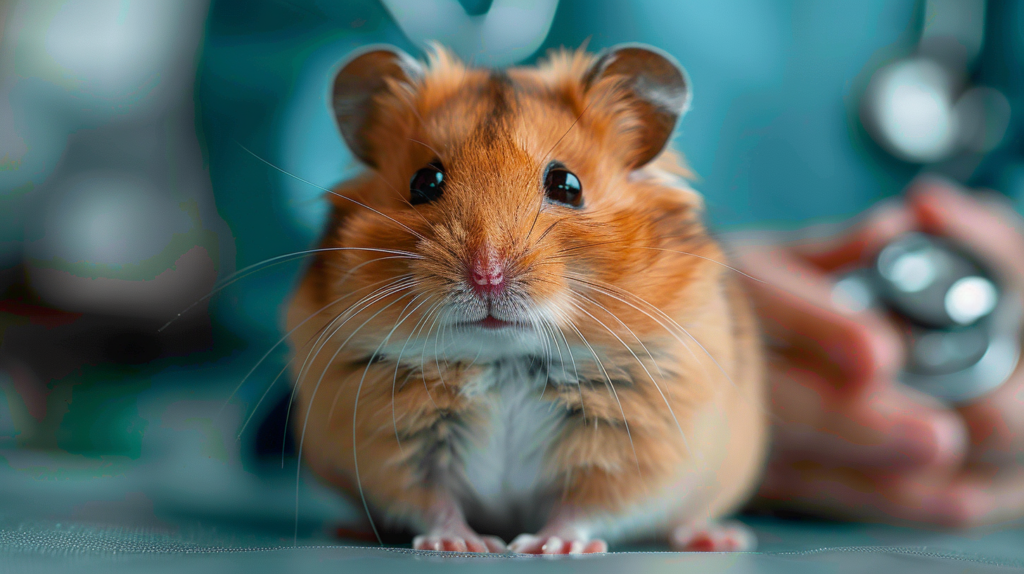
While many guinea pig bonding situations resolve successfully with patience and proper technique, some cases require professional intervention. Recognizing when to seek help can prevent injury, reduce stress, and ultimately save relationships that might otherwise fail.
Warning Signs That Require Immediate Attention
Physical Aggression Escalation:
- Actual biting that results in injury or hair loss
- Persistent chasing that doesn’t allow the submissive guinea pig to rest
- Fighting that lasts longer than 30 seconds without natural breaks
- One guinea pig preventing another from accessing food, water, or shelter
Behavioral Red Flags:
- Extreme stress responses such as freezing, excessive hiding, or loss of appetite
- Regression in bonding progress after initial success
- One guinea pig showing signs of depression or withdrawal
- Persistent barbering (fur chewing) that may indicate stress
Health-Related Concerns:
- Injuries from altercations, even minor ones
- Stress-related health issues like digestive problems or respiratory concerns
- Significant weight loss in either guinea pig
- Changes in normal behaviors like reduced activity or vocalization
When to Consult a Veterinarian
Dr. Jennifer Thompson, an exotic animal veterinarian with 15 years of experience, explains: “Sometimes what appears to be bonding difficulties may actually be underlying health issues. Pain, illness, or hormonal imbalances can significantly impact social behavior in guinea pigs.”
Veterinary Consultation Recommended For:
- Any physical injuries from bonding attempts
- Sudden behavioral changes in previously social guinea pigs
- Persistent stress-related symptoms
- Questions about spaying/neutering to improve bonding success
- Health assessments before introducing new guinea pigs
Professional Animal Behaviorist Services
Certified animal behaviorists specializing in small animals can provide:
Behavioral Assessments: Professional evaluation of individual guinea pig personalities and compatibility potential.
Customized Bonding Plans: Tailored introduction strategies based on specific behavioral patterns and challenges.
Advanced Techniques: Specialized methods for difficult bonding cases, including desensitization and counter-conditioning protocols.
Long-term Support: Ongoing guidance throughout the bonding process with regular check-ins and plan adjustments.
Alternative Solutions When Bonding Fails
Sometimes, despite best efforts, certain guinea pig combinations simply aren’t compatible. Professional guidance can help you explore alternatives:
Trio Dynamics: Adding a third guinea pig can sometimes resolve conflicts by changing group dynamics.
Housing Alternatives: Side-by-side living arrangements where guinea pigs can interact safely but maintain separate spaces.
Companion Matching Services: Some rescue organizations and specialty veterinarians offer companion matching services based on personality assessments.
Creating the Perfect Long-Term Living Environment
Once your guinea pigs have successfully bonded, maintaining their relationship requires ongoing attention to their living environment and daily care routines.
Optimal Cage Setup for Bonded Pairs
Size Requirements: Bonded guinea pigs need significantly more space than the minimum recommendations. While two guinea pigs can technically live in 10.5 square feet, providing 13-16 square feet creates a more harmonious environment with reduced territorial disputes.
Multiple Resource Stations: Even bonded guinea pigs benefit from having options:
- Two water bottles positioned at different locations
- Multiple hay feeders to prevent resource guarding
- Several hiding spots with multiple entrances/exits
- Separate food bowls (even if they choose to share)
Enrichment Elements: Bonded guinea pigs are more likely to engage in natural behaviors when provided with:
- Tunnels and bridges for exploration
- Different levels created with safe ramps and platforms
- Variety in bedding textures and materials
- Regular rotation of toys and enrichment items
Maintaining Positive Relationships
Daily Interaction Routines: Establish consistent daily routines that both guinea pigs enjoy:
- Regular floor time in a safe, enclosed area
- Shared grooming sessions (if they allow human interaction)
- Consistent feeding schedules
- Quiet time together in their shared space
Monitoring Relationship Health: Watch for signs that the bond remains strong:
- Continued peaceful coexistence during meals
- Mutual grooming behaviors
- Sleeping near each other
- Coordinated activities like running or exploring together
Preventing Relationship Deterioration: Several factors can strain even well-established guinea pig relationships:
- Introduction of new animals without proper protocol
- Significant environmental changes
- Health issues in one or both animals
- Inadequate space or resources
- Disruption of established routines
Troubleshooting Common Bonding Challenges
Even with perfect preparation and technique, guinea pig bonding can present unique challenges. Understanding how to address these common issues can mean the difference between success and failure.
Challenge 1: One Guinea Pig Dominates Food Resources
Solution Strategy: Implement a structured feeding approach with multiple stations and scheduled meal times. Place food bowls at opposite ends of the living space and add a third station in the middle. This gives the submissive guinea pig options and prevents complete resource monopolization.
Prevention Techniques: Use scatter feeding methods where vegetables are placed in multiple small piles throughout the space. This encourages natural foraging and makes it impossible for one guinea pig to guard all food sources simultaneously.
Challenge 2: Persistent Chasing Without Resolution
Understanding the Behavior: Some chasing is normal during hierarchy establishment, but excessive chasing that prevents rest or eating requires intervention.
Intervention Steps:
- Increase the number of hiding spots with multiple exits
- Create visual barriers using safe materials like cardboard dividers
- Implement structured “time-outs” in separate spaces
- Gradually reintroduce with shorter, more frequent supervised sessions
Challenge 3: Regression After Initial Success
Common Causes: Environmental changes, health issues, introduction of new animals, or seasonal hormonal fluctuations can cause previously bonded guinea pigs to experience relationship strain.
Recovery Protocol:
- Return to supervised interactions in neutral territory
- Reestablish positive associations with treats and activities
- Rule out health issues with veterinary examination
- Gradually rebuild trust through consistent, positive experiences
Challenge 4: Age-Related Bonding Difficulties
Senior Guinea Pig Considerations: Older guinea pigs may be less flexible in accepting new companions, but successful bonding is still possible with modified approaches.
Adapted Techniques:
- Longer introduction periods with more gradual progression
- Extra attention to comfort and health needs
- Modified environmental setup accommodating potential mobility issues
- Increased patience with slower acceptance timelines
The Science Behind Guinea Pig Bonding
Understanding the scientific basis for guinea pig social behavior can help pet owners make informed decisions and set realistic expectations for the bonding process.
Neurobiological Factors
Research from the University of California, Davis, reveals that guinea pigs possess complex neurological structures that support social bonding. The release of oxytocin, often called the “bonding hormone,” occurs during positive social interactions, reinforcing companionship behaviors.
Stress Response Systems: Guinea pigs have highly developed stress response systems that can either facilitate or hinder bonding. Chronic stress releases cortisol, which can impair memory formation and social learning, making bonding more difficult.
Scent Recognition: Guinea pigs possess sophisticated olfactory systems that allow them to recognize individuals, assess health status, and determine compatibility through scent alone. This is why scent-swapping during introduction phases is so effective.
Behavioral Adaptation Patterns
Studies show that guinea pigs demonstrate remarkable behavioral plasticity, meaning they can adapt their social behaviors based on their environment and companions. This adaptability is key to successful bonding but requires appropriate environmental conditions to emerge.
Learning and Memory: Guinea pigs form lasting memories of social interactions, both positive and negative. This emphasizes the importance of ensuring early interactions are positive, as negative first impressions can be difficult to overcome.
Social Learning: Guinea pigs learn behaviors from their companions, including feeding preferences, daily routines, and even personality traits. Successfully bonded pairs often develop synchronized behaviors and shared preferences.
Frequently Asked Questions
Q: How long does the guinea pig bonding process typically take?
A: The bonding process varies significantly depending on the individual guinea pigs involved, but most successful bonds develop within 2-4 weeks of consistent, proper introduction techniques. Some pairs may bond within a few days, while others may take 6-8 weeks. Age, personality, and previous social experiences all influence the timeline. It’s important not to rush the process, as premature cohabitation can set back bonding progress significantly.
Q: Can guinea pigs bond if they’ve previously fought with other guinea pigs?
A: Yes, guinea pigs can absolutely form new successful bonds even after negative experiences with previous companions. Just like humans, guinea pigs can have personality conflicts with some individuals while getting along perfectly with others. The key is careful companion selection and proper introduction techniques. However, if a guinea pig has experienced trauma from aggressive encounters, extra patience and possibly professional guidance may be needed.
Q: What should I do if my bonded guinea pigs suddenly start fighting?
A: Sudden fighting in previously bonded guinea pigs often indicates an underlying issue such as illness, environmental stress, or hormonal changes. First, safely separate the guinea pigs to prevent injury, then schedule a veterinary examination to rule out health problems. After addressing any medical issues, you may need to restart the bonding process with supervised interactions in neutral territory. Sometimes relationships can be repaired, but immediate intervention is crucial.
Q: Is it necessary to have guinea pigs spayed or neutered for successful bonding?
A: Spaying and neutering significantly improve bonding success rates, especially for male guinea pigs. Intact males are much more likely to be territorial and aggressive, with success rates dropping to around 45% compared to 70% for neutered males. Female guinea pigs generally bond more easily regardless of spay status, but spaying prevents unwanted pregnancies and can reduce some hormonal behaviors that might interfere with bonding.
Q: Can I introduce a baby guinea pig to an adult, and is this easier than adult-to-adult bonding?
A: Introducing young guinea pigs (under 4 months) to adults is often easier than adult-to-adult bonding, with success rates around 85-90%. Adult guinea pigs typically view babies as non-threatening and may even display protective behaviors. However, proper introduction techniques are still essential, and you should monitor interactions carefully. The age difference can actually be beneficial, as it naturally establishes hierarchy without significant conflict.
Q: What are the signs that my guinea pigs have successfully bonded?
A: Successfully bonded guinea pigs display several key behaviors: they eat peacefully near each other or even share food, sleep close together or touching, engage in mutual grooming, explore their environment together, and show coordinated behaviors like running or popcorning simultaneously. They should also be able to be housed together 24/7 without supervision and show minimal stress behaviors like excessive hiding or loss of appetite.
Conclusion
Successfully bonding guinea pigs requires patience, understanding, and commitment to proper techniques, but the rewards of seeing your pets develop lasting friendships make every effort worthwhile. These guinea pig bonding tips provide a comprehensive foundation for creating harmonious relationships between your beloved companions.
Remember that every guinea pig is unique, and what works for one pair may require adaptation for another. The key principles remain consistent: proper preparation, gradual introduction, positive associations through food and activities, and careful monitoring throughout the process. When challenges arise, don’t hesitate to seek professional help to ensure the safety and well-being of your pets.
The journey from introduction to lifelong companionship is one of the most rewarding aspects of guinea pig ownership. Bonded guinea pigs not only provide each other with social fulfillment but also offer their human families the joy of observing natural, heartwarming interactions between animal friends.
Have a similar experience with your pet? Share it in the comments below!

